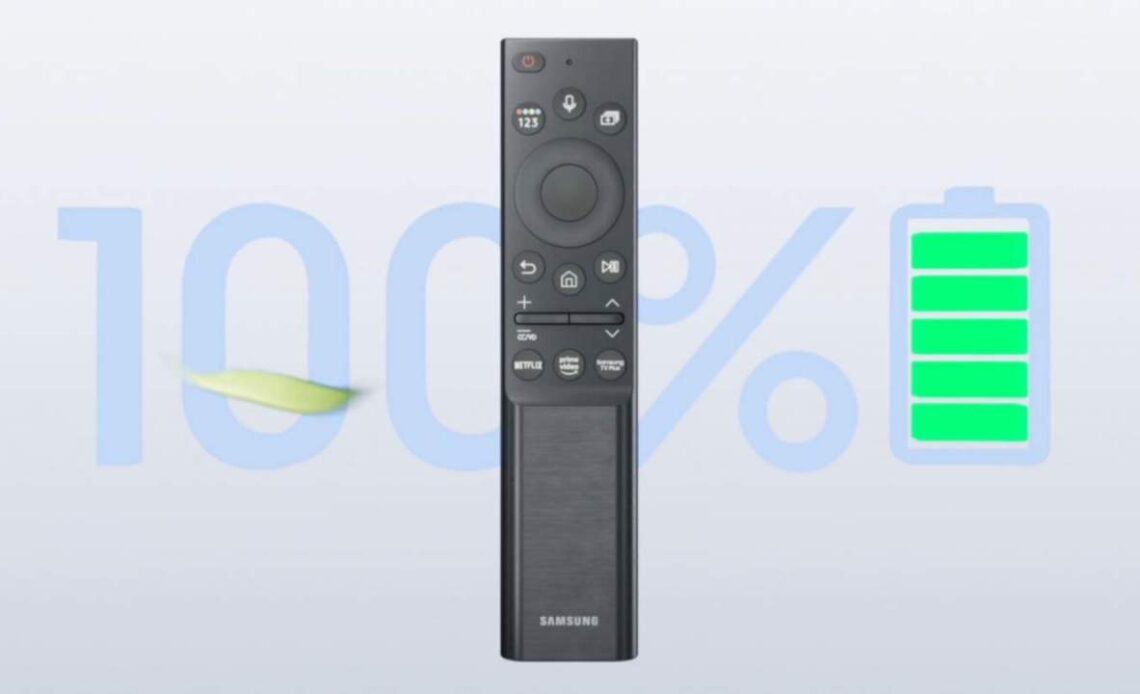
Samsung has brought down the replacement of the battery from the ECO remote, adding last year’s daylight based charger, and as of now extends the 2022 model with the ability to harvest energy from radio waves at home. 2022 Samsung Eco Remote can regardless be charged by allowing it directly, yet it will in like manner use RF energy from a wifi switch or other remote sources.
RF energy harvesting sounds a piece like a quiet charm, but development is exceptionally settled. It depends after changing over electromagnetic energy – as conveyed by your WiFi switch or other device – into DC energy, which can then be used more unobtrusive equipment.
The sum we are discussing here is moderately low, however again just as the power requests of the controller. Samsung has not said what amount of time the remote 2022 Reco might require for place when it is provided with RF energy just, yet the blend of sunlight based and RF gather should mean a significantly less open door where you snatch the clicker and level.
For refreshes 2022, in the mean time, there are likewise tasteful changes. Samsung will presently offer the white rendition of the remote with dark, to all the more likely match some TV way of life. Aside from D-Pad, volume, sound control, and different easy routes, there is an exceptional send off button for on-request benefits: Samsung TV Plus, Netflix, Amazon Prime Video, and Disney +.
This is important for a maintainable support by Samsung – and the other – to cut waste, particularly in adornments and bundling. The new remote uses super-capacitors or supercap, for instance, than batteries, and each of the 2022 TVs have deducting power utilization.
For bundling, presently there is a bigger utilization of reused materials. EPS cushions, plastic tape, cuts, sack stands, and box holders are currently made of reused cardboard and plastic, and no staples to hold the actual case together. It’s not simply uplifting news for the climate: Samsung says that by eliminating metal latches, presently it can now collect TV encloses only 1 second, contrasted with 5 seconds utilizing an old framework.

